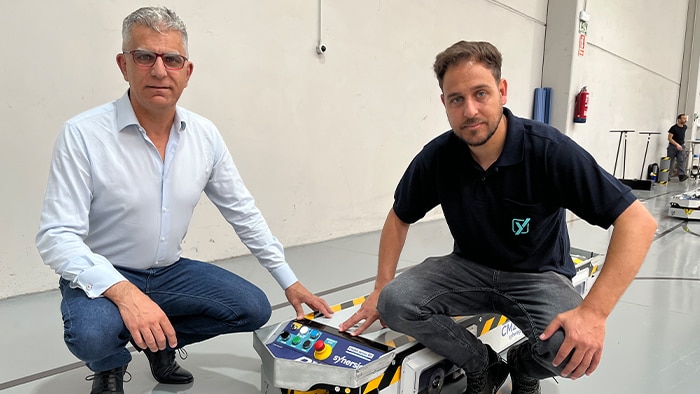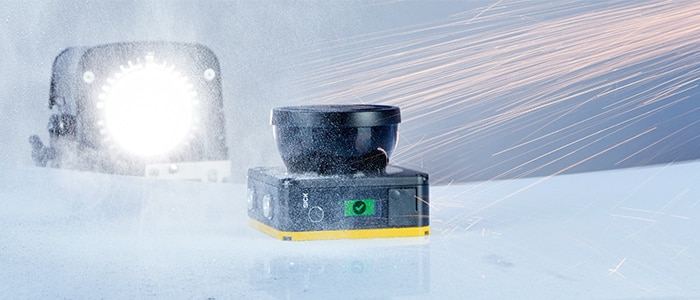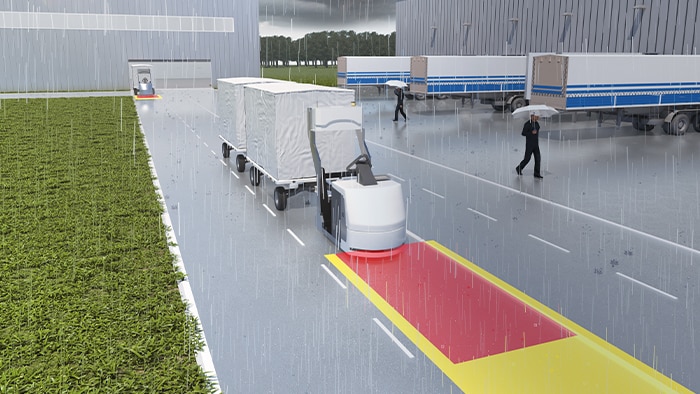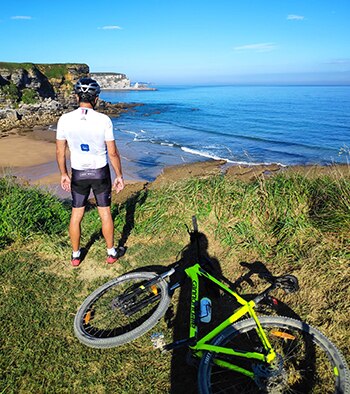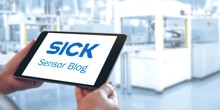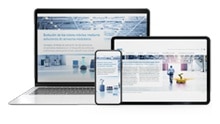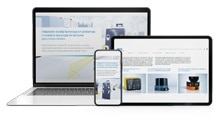Are there also areas where, conversely, a higher speed is desired?
Juan: Yes, this is often the case indoors, for example in transit zones between charging stations with little traffic and simple ambient conditions. Here, ambient detection in the millimeter range is usually not required. Consequently, 3D radar sensors can be used to significantly expand the aperture angle and thus enable higher speeds even in difficult weather conditions. Therefore, it always comes down to an intelligent combination of sensor technologies.
The development of mobile robots is often very customer-specific. How do manufacturers arrive at the optimum combination?
Juan: First of all, it's helpful if a wide variety of sensors is available, i.e. a kind of modular system for all requirements. And then it's a matter of providing precisely tailored advice that addresses individual needs and possibilities. This is exactly what we have done in a large number of projects with various customers. We have designed and implemented the systems in close cooperation with the engineering and research & development departments to achieve a customized solution.
What are the usual challenges in projects of this kind?
Juan: In one of our first projects of this kind, the challenge was to develop a vehicle that is maneuverable both indoors and outdoors and can even travel long distances on roads that are difficult to negotiate. To find the right solutions for this mixed operation, we first conducted tests and a long-term study in which we evaluated different 2D LiDAR sensors, digital services for condition monitoring, and the aforementioned outdoorScan3. In the process, we defined protective fields that permanently monitor the environment. Their measurement data ensures reliable operation during loading and unloading - almost regardless of the ambient conditions. As a cyclist, let me put it in a nutshell: There is no bad weather for us, only bad equipment.
